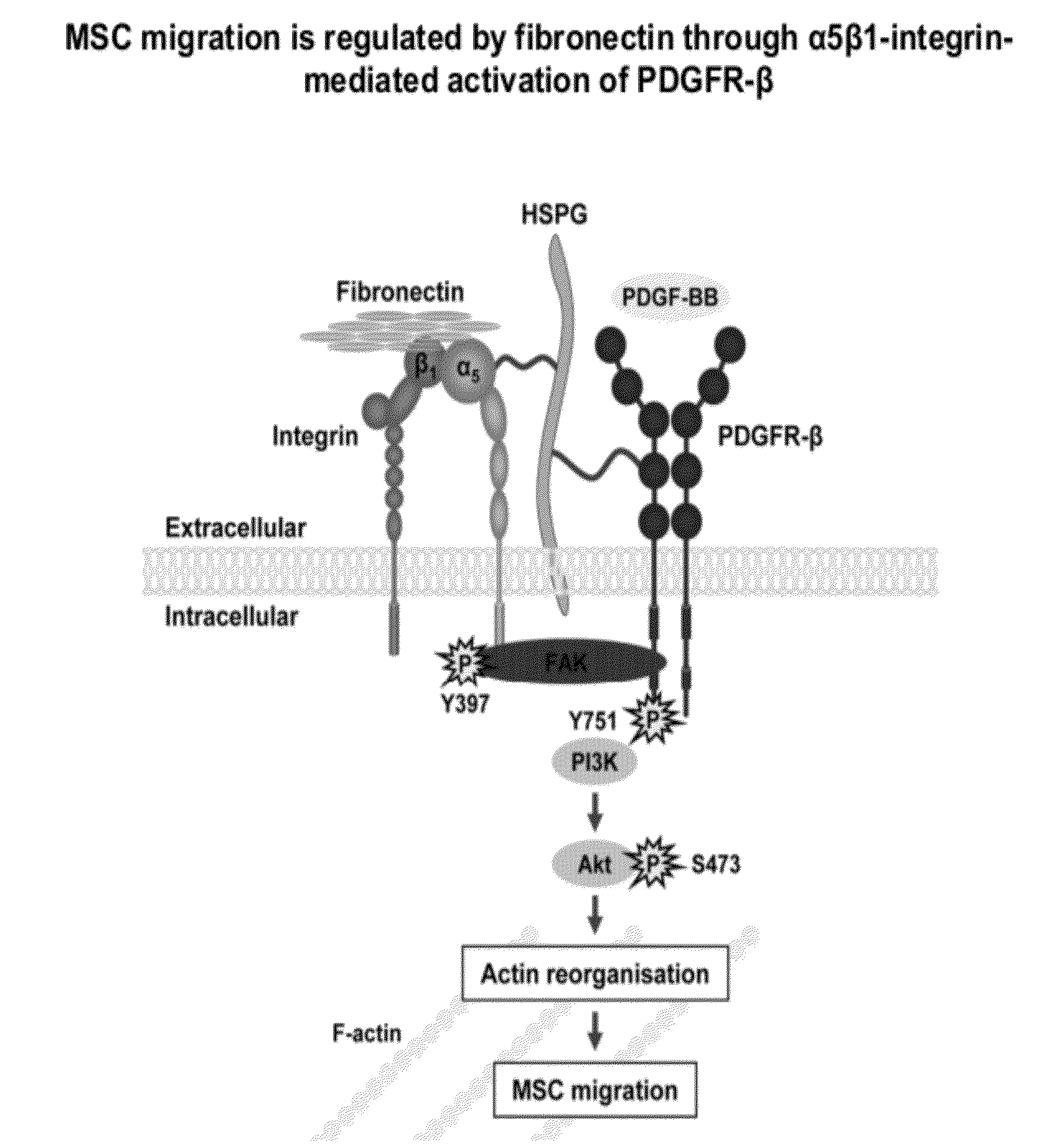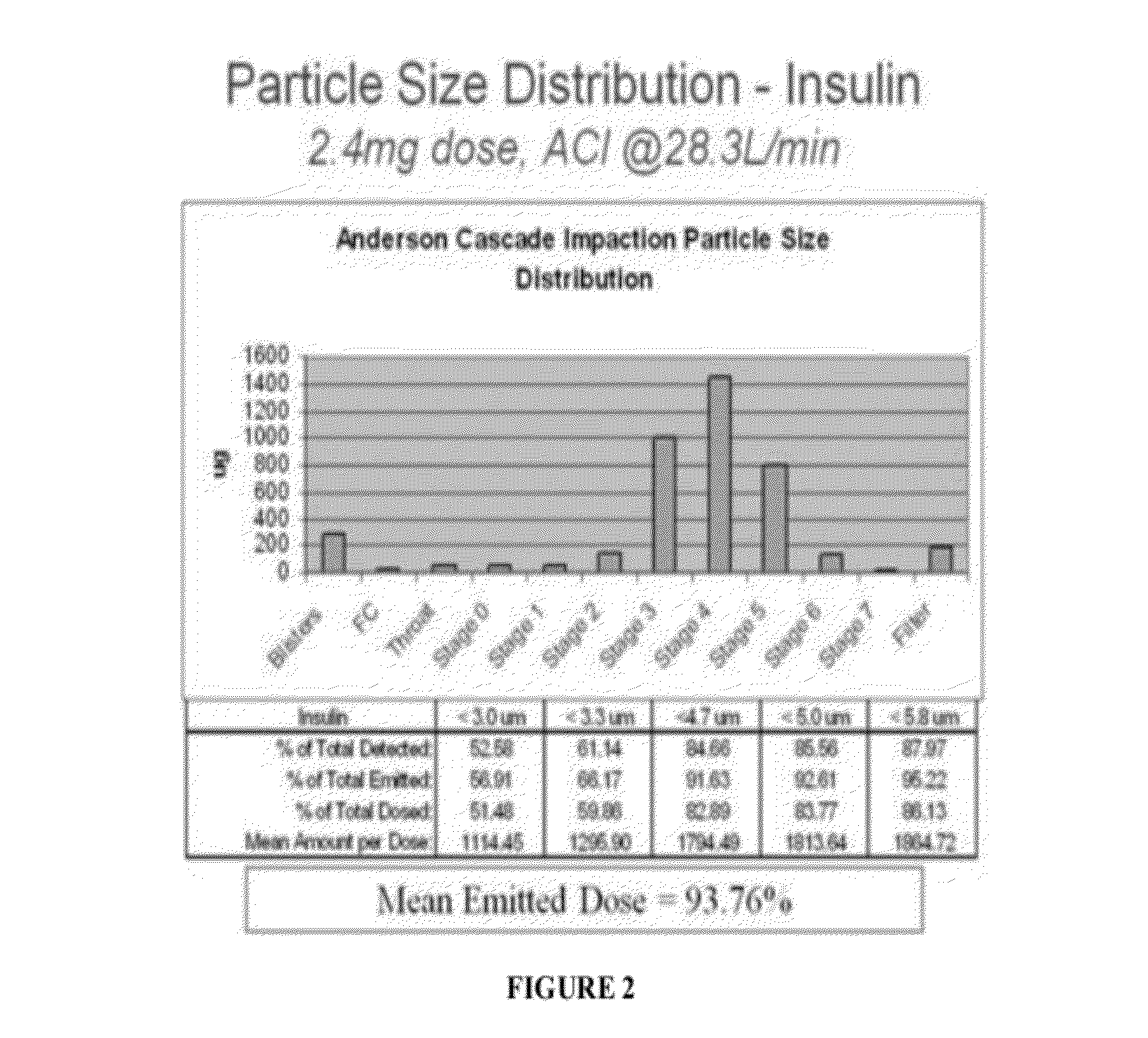Compositions And Methods For Preventing Or Treating Diseases, Conditions, Or Processes Characterized By Aberrant Fibroblast Proliferation And Extracellular Matrix Deposition
a technology of fibroblast proliferation and fibroblast growth, which is applied in the field of cell and molecular biology, polypeptides, and therapeutic methods, can solve the problems of tissue destruction, interstitial edema, and disruption of normal tissue architectur
- Summary
- Abstract
- Description
- Claims
- Application Information
AI Technical Summary
Benefits of technology
Problems solved by technology
Method used
Image
Examples
example 1
IC50 and Specificity of MMI-0100 (YARAAARQARAKALARQLGVAA; SEQ ID NO: 1).
[0606]IC50 (half maximal inhibitory concentrations) value for the MK2 inhibitor peptide (MMI-0100; YARAAARQARAKALARQLGVAA (SEQ ID NO: 1)) was determined using Millipore's IC50 Profiler Express service. This quantitative assay measures how much of an inhibitor is needed to inhibit 50% of a given biological process or component of a process (i.e., an enzyme, cell, or cell receptor) [IC50]. Specifically, in these assays, a positively charged substrate is phosphorylated with a radiolabeled phosphate group from an ATP if the kinase is not inhibited by an inhibitor peptide. The positively charged substrate then is attracted to a negatively charged filter membrane, quantified with a scintillation counter, and compared to a 100% activity control.
[0607]ATP concentrations within 15 μM of the apparent Km for ATP were chosen since an ATP concentration near the Km may allow for the kinases to have the same relative amount of...
example 2
Formulation of MMI-0100 (YARAAARQARAKALARQLGVAA; SEQ ID NO: 1) and its Functional Equivalents
[0610]According to some embodiments, MMI-0100 (YARAAARQARAKALARQLGVAA; SEQ ID NO: 1) and its functional equivalents are formulated as a lyophilized powder via spray drying, micronization (e.g., jet-milling), or as liquid formulation for nebulization.
[0611]Spray Drying
[0612]In some embodiments, spray draying is utilized for preparing MMI-0100 (YARAAARQARAKALARQLGVAA; SEQ ID NO: 1) and its functional equivalents in consideration of the following factors:
[0613](a) proteins and peptides are prone to denaturation—that is, disruption to tertiary and sometimes secondary structures;
[0614](b) the denaturation can be reversible or irreversible and can be caused by a variety of conditions such as increase in temperature, decrease in temperature, extremes of pH, addition of solvents, pressure, and shear denaturation (this applies to micronization);
[0615](c) denatured proteins are less active and not the...
example 3
Production of Batches of MMI-0100 (YARAAARQARAKALARQLGVAA; SEQ ID NO: 1) for Continued Aerosol Performance Assessment
[0622]2-3 spray drying runs at the defined process parameters described above are performed to generate material for aerosol performance assessment.
[0623]Spray-dried powders are well suited for delivery from an inhaler, for example, without limitation, a MicroDose inhaler. MicroDose routinely achieves both high emitted dose, and high fine particle fraction and dose with this formulation approach, both for neat as well as co-spray-dried blends. Exemplary aerosol performances for spray-dried insulin are shown in FIGS. 1 and 2.
[0624]Although dry micronization is a preferred powder production method for small molecules for pulmonary delivery, in contrast to spray-drying, it is a stressful method, which uses high shear forces. Because use of high shear forces may lead to fracturing of proteins and peptides, dry micronization is not routinely used for large molecules. In ad...
PUM
| Property | Measurement | Unit |
|---|---|---|
| Mass Median Aerodynamic Diameter | aaaaa | aaaaa |
| diameter | aaaaa | aaaaa |
| molecular weight | aaaaa | aaaaa |
Abstract
Description
Claims
Application Information
 Login to View More
Login to View More - R&D
- Intellectual Property
- Life Sciences
- Materials
- Tech Scout
- Unparalleled Data Quality
- Higher Quality Content
- 60% Fewer Hallucinations
Browse by: Latest US Patents, China's latest patents, Technical Efficacy Thesaurus, Application Domain, Technology Topic, Popular Technical Reports.
© 2025 PatSnap. All rights reserved.Legal|Privacy policy|Modern Slavery Act Transparency Statement|Sitemap|About US| Contact US: help@patsnap.com



